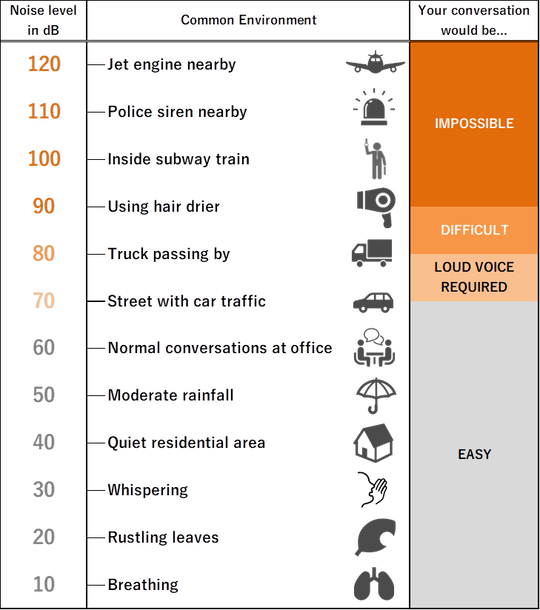How to Determine Loudspeakers Sound Pressure Level?
Sound Talks
How to Determine Loudspeakers Sound Pressure Level?
Required SPL Varies with Ambient Noise Level
In our daily lives, we often experience a phenomenon called the "masking effect" this makes certain sounds and speech articulation difficult to understand and can become unintelligible to the ear.
To overcome this and to minimize its effect, the Sound Pressure Level (SPL) is required to be higher than the ambient noise level.
Chart: Ambient Noise Level and Common Environment

Here is a basic guideline on the difference between the required SPL and the noise level for different applications.
a) Voice communication
Generally, loudspeakers SPL should be at least 6 dB to 10 dB higher than the ambient noise level.
b) Background music
The loudspeaker SPL requires an increment of at least 3 dB higher than the ambient level.
c) Music performance
The loudspeaker SPL should not be referenced to the level of local ambient noise due to the music’s dynamic curve. Depending on the venue and the application, a typical SPL level can reach 95 dB+ and ideally, the quieter the venue a better dynamic range can be accomplished.
Therefore SPL levels should be within the OSHA guidelines to protect the public from hearing loss whilst still experiencing the full dynamic range of the music.
